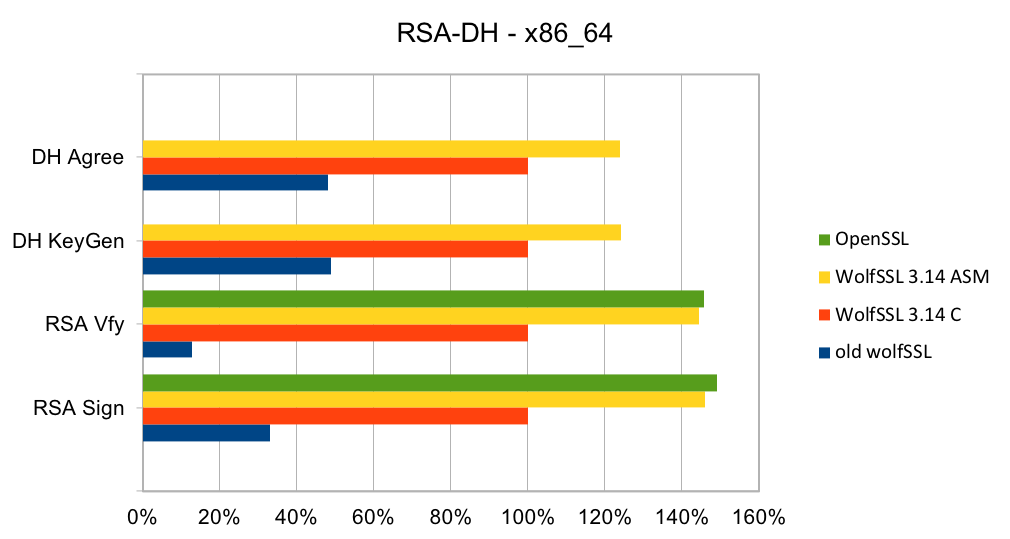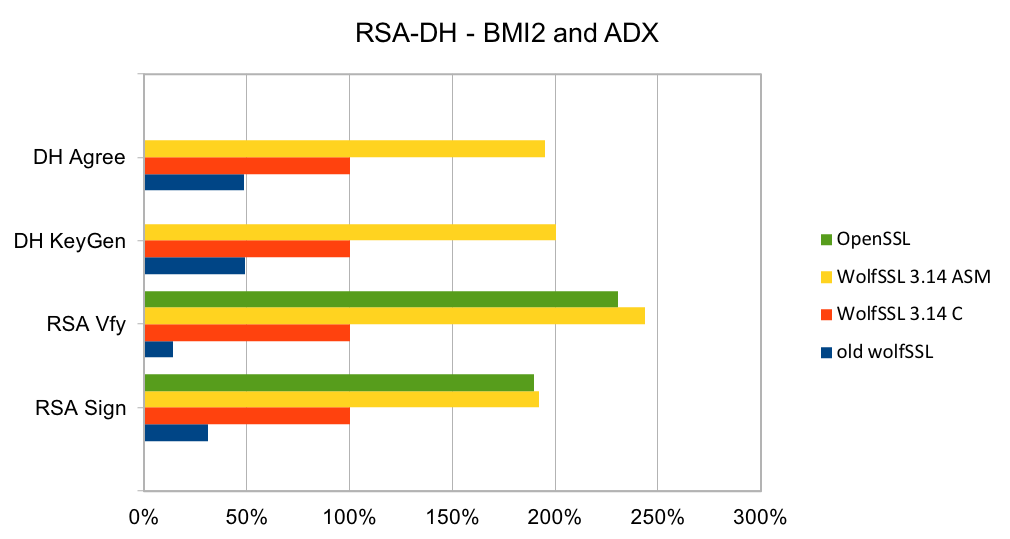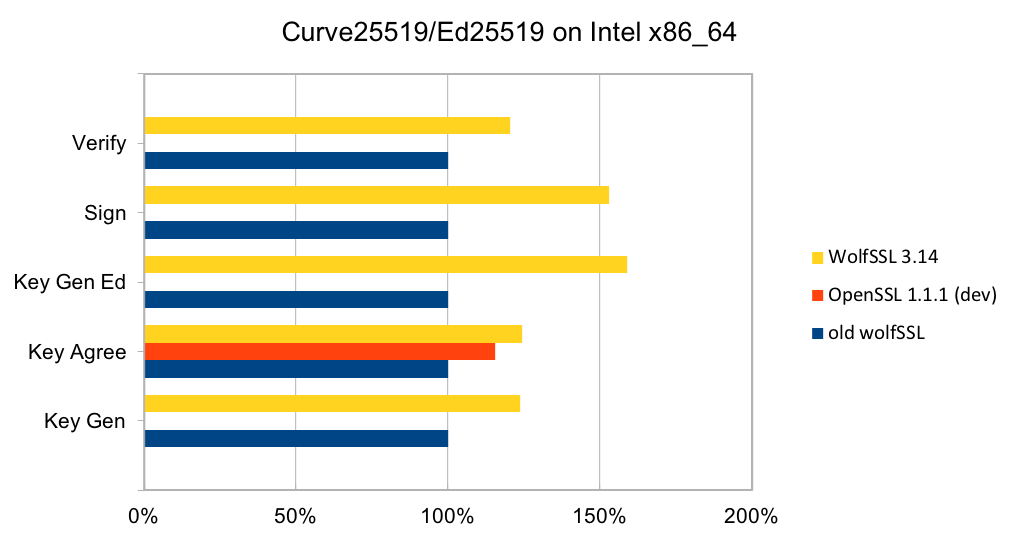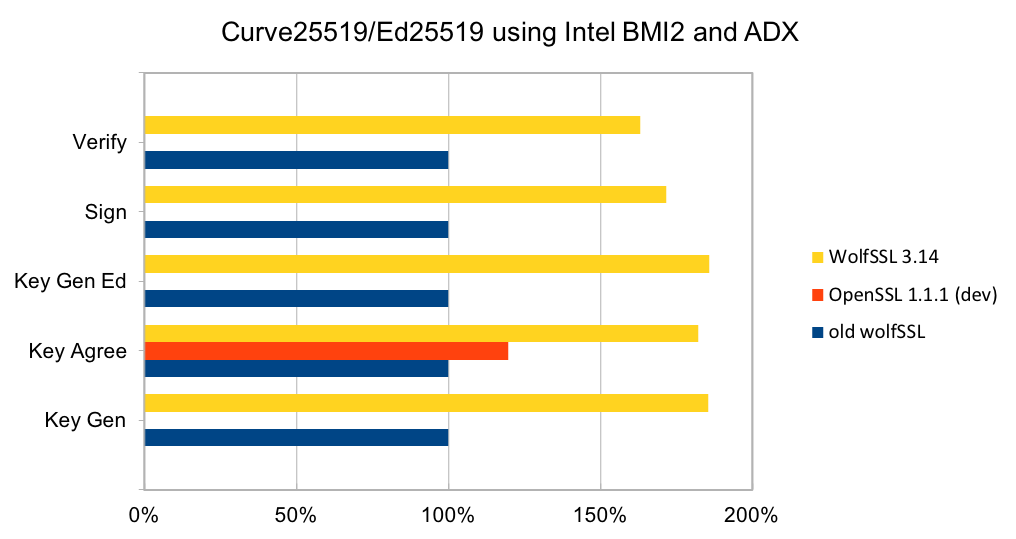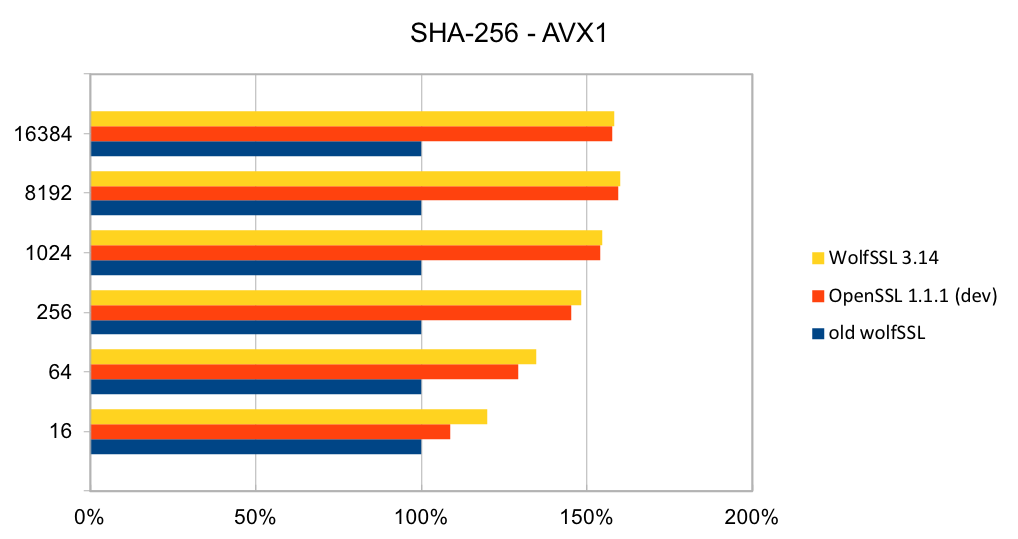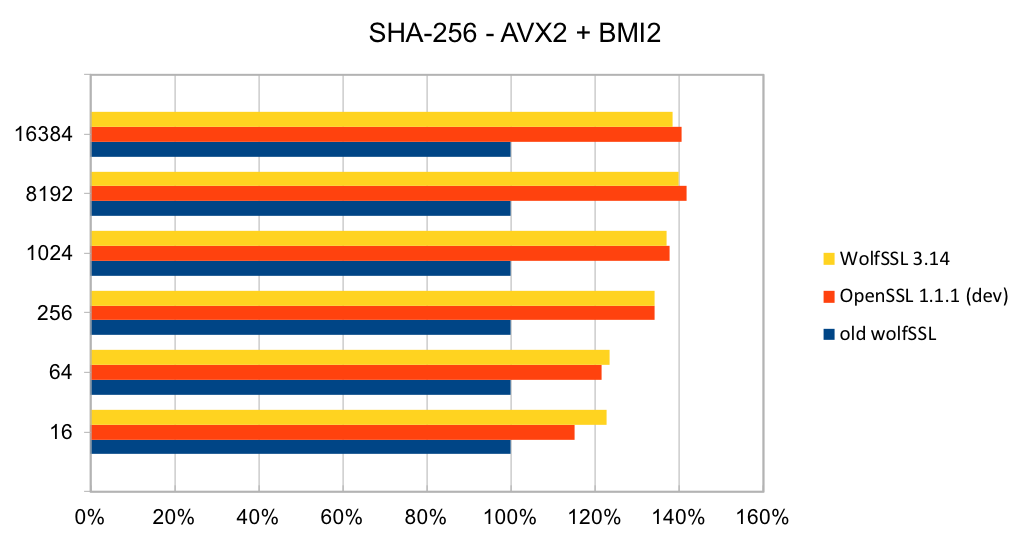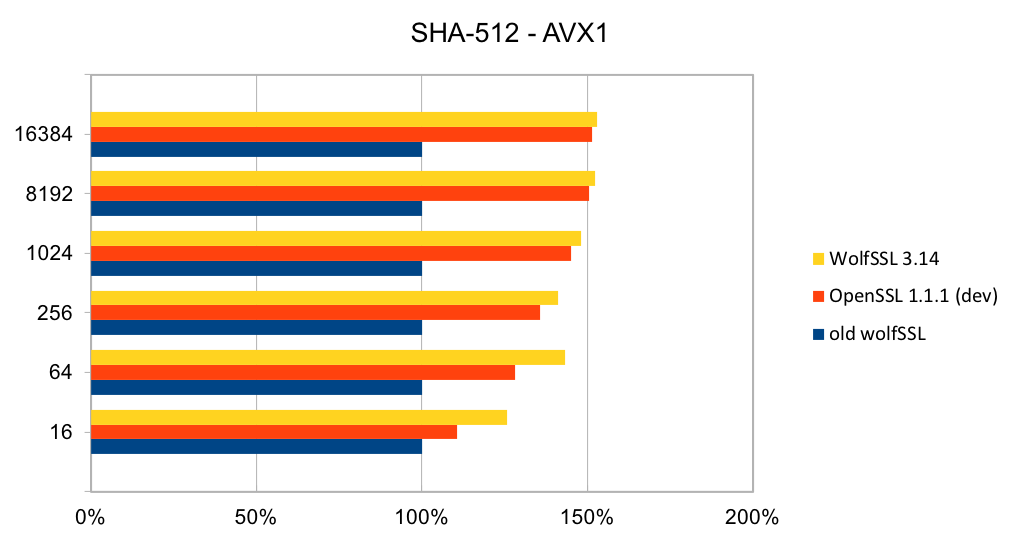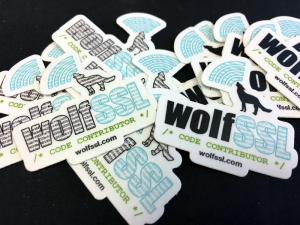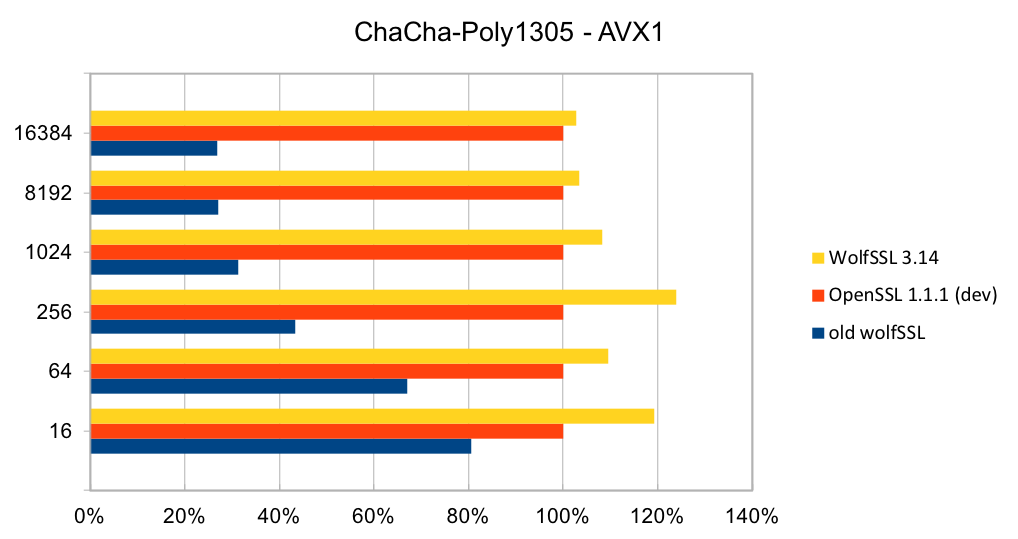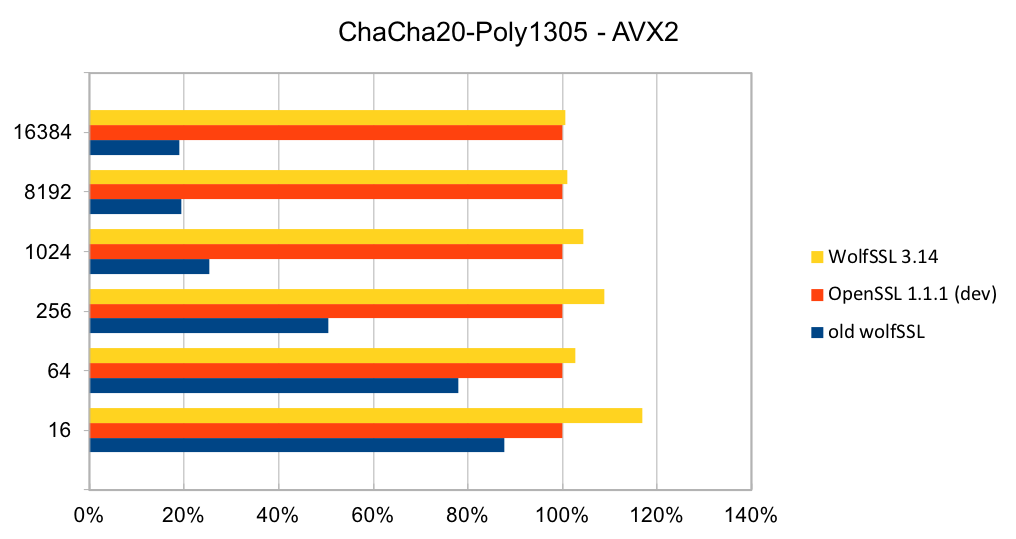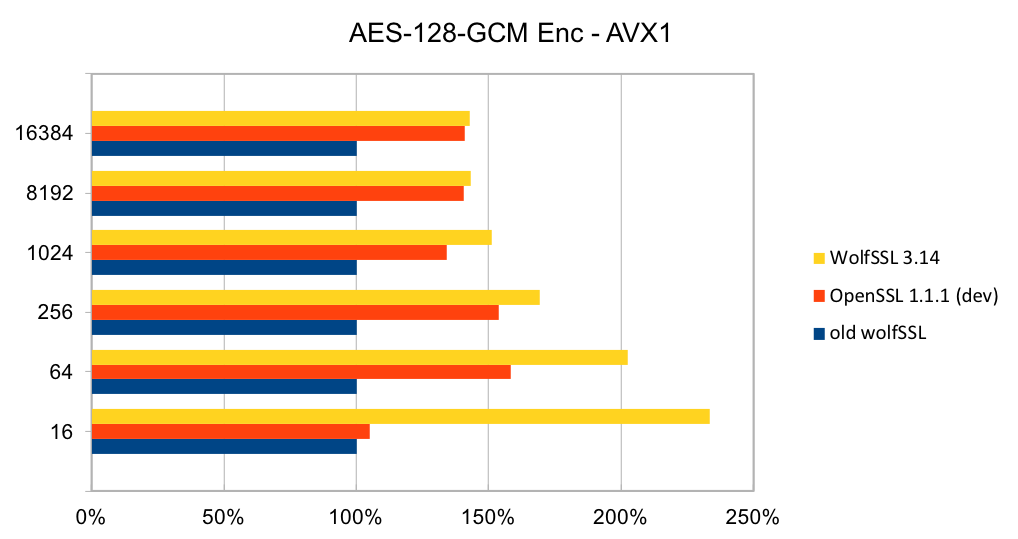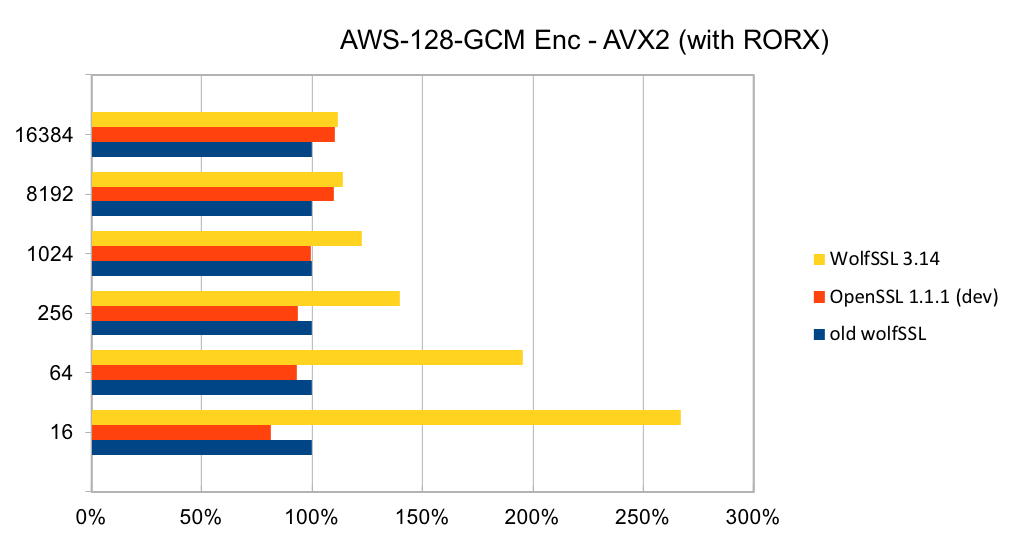Based out of Belgium, Sensolus enables companies to more effectively secure and manage their non-powered assets by providing internet-based tracking solutions over a low-powered, wide-area network. STICKNTRACK, Sensolus's flagship product, lets users easily view an asset's statistics such as current location, temperature, and recent activity in a user friendly way on a map or in dashboards.
In order to ensure the encryption of data from the STICKNTRACK devices to the platform, Sensolus found wolfSSL's wolfCrypt crypto library to be the optimal solution. With it's lightweight design and the inclusion of some of the latest ciphers, wolfCrypt was seamlessly integtrated into Sensolus's products to provide users with a safe and secure communication channel to manage all of their assets.
The wolfSSL/Sensolus case study can be viewed on our case studies page along with various other case studies that we have also conducted.
To learn more about Sensolus and their products, feel free to visit their website or contact them at info@sensolus.com.
For questions regarding the use of wolfSSL products in your embedded or IoT devices, please contact us at facts@wolfssl.com.
TLS 1.3 is now available in wolfSSL's embedded SSL/TLS library! Learn more here and don't forget to check out our product page.


